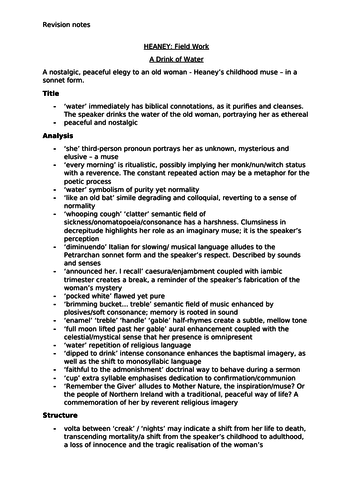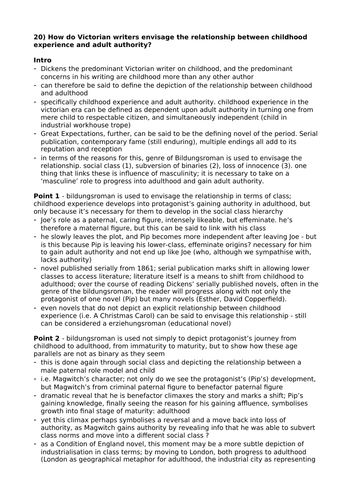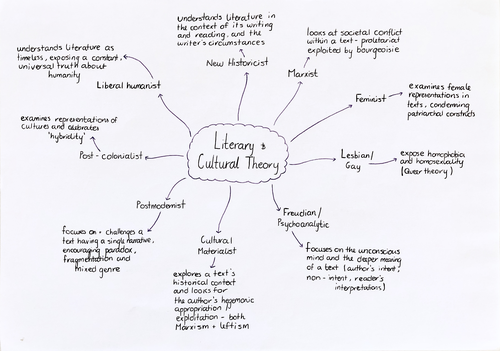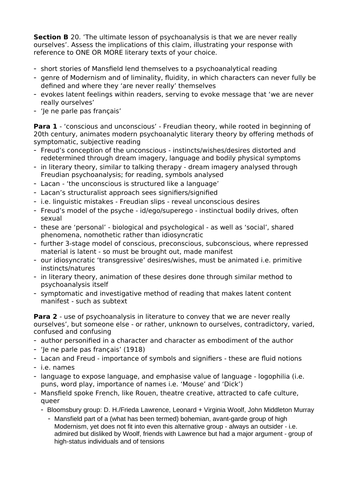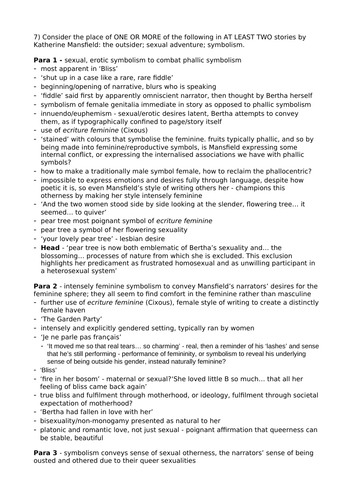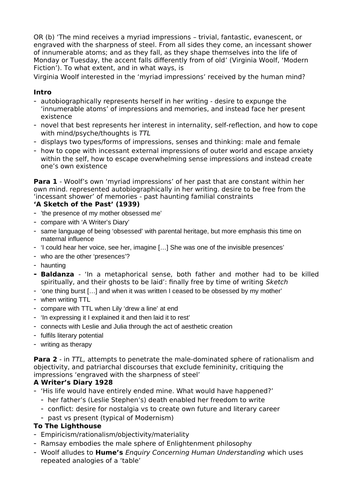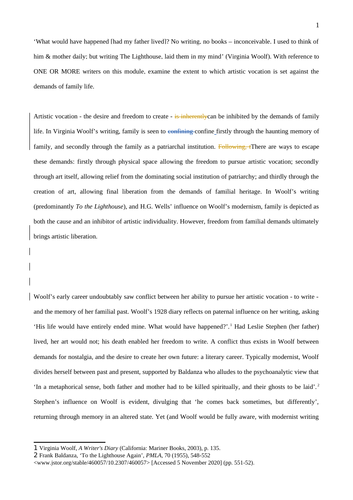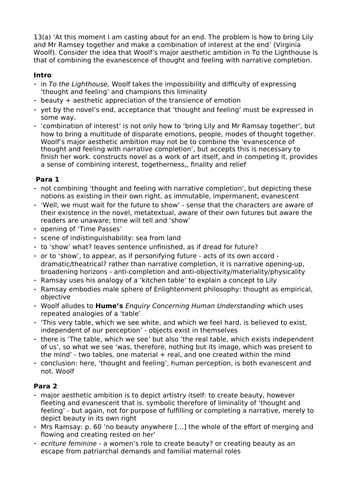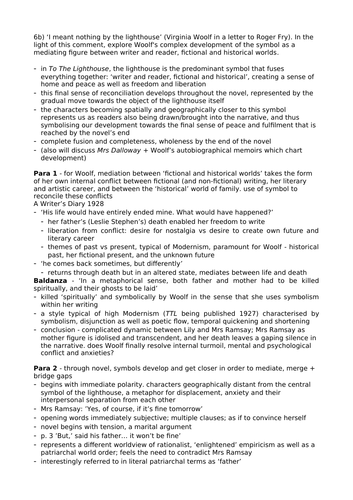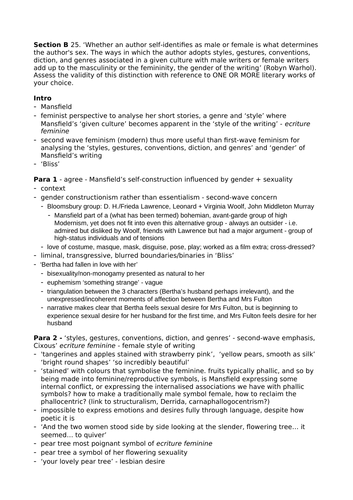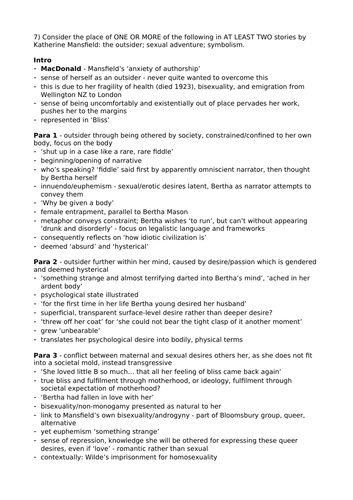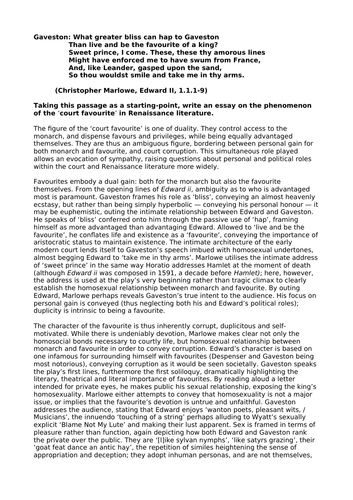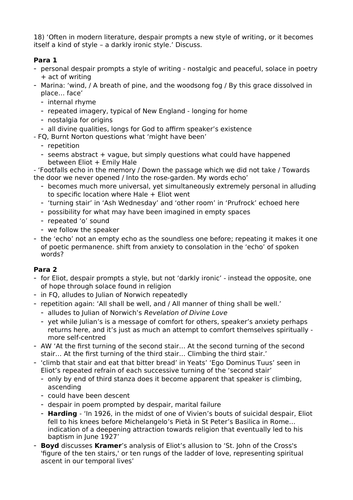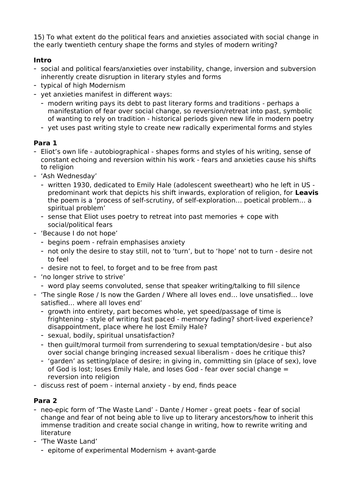
89Uploads
24k+Views
1k+Downloads
English language arts

A* A-level English Streetcar/Malfi Comparison
A* / near full mark essay for English literature comparing ‘A Streetcar Named Desire’ (Williams) and ‘The Duchess of Malfi’ (Webster).
On men and women/gender power struggles which is a central theme needed for any essay for Eduqas/WJEC!
Can also be used for AQA/OCR/Edexcel/CCEA/CIE.
Bundle

Bundle: The Duchess of Malfi Essay Plans
6 in-depth university-level essay plans on John Webster’s The Duchess of Malfi.
1 A* A-level essay comparing A Streetcar Named Desire (Williams) and The Duchess of Malfi on gendered power struggles.
Essay plan themes: autonomy; Catholicism; freedom; the Malcontent; transgression; audience identification.
Written by a Durham University English Literature BA graduate and A* student.
Ideal resource for A-level and university students.

A* Analysis of Owen Sheers' Skirrid Hill poems
Concise but detailed 10-poem bundle.
Analysis by an A* student! including language and structure, literary terminology, context behind poems, alternative interpretations, critical quotations and themes/groupings of poems.
For WJEC Eduqas A-level English Literature but can be used for any exam board.
Includes: Mametz Wood, The Farrier, Drinking with Hitler, The Fishmonger, The Wake, Valentine, Night Windows, Joseph Jones, Inheritance, and Hedge School.

A* Hamlet mindmap bundle
3 A* in-depth mindmaps comprising quotes, critics, and context, all independent research. For university, A-level, GCSE students, and teaching resources.
Quotes are grouped by themes: religion, madness, revenge, language, mortality, and the supernatural. Context is grouped into: Hellenistic philosophy, the ghost, Calvinism, Reformation Protestantism vs Catholicism, and genres. Critics are specific to Hamlet and Elizabethan drama.
For OCR/AQA/WJEC/CIE/CCEA/Edexcel. I’m also selling the same format resources for many other texts on my page!

A* Analysis of Seamus Heaney's Field Work
Concise but detailed 6-poem bundle.
Analysis by an A* student! including language and structure, literary terminology, context behind poems, alternative interpretations, critical quotations and themes/groupings of poems.
For WJEC Eduqas A-level English Literature but can be used for any exam board.
Includes: An Afterwards, A Drink of Water, The Strand at Lough Beg, A Postcard from North Antrim, A Dream of Jealousy, The Skunk.

Great Expectations essay plan (A*)
A plan for the question ‘How do Victorian writers envisage the relationship between childhood experience and adult authority?’, exploring the genre of the bildungsroman in Charles Dickens’ novelGreat Expectations.
A Durham first-class university (BA English Literature) level plan, but can also be used for A-level English and GCSE.
Bundle

Essay Plan Bundle: T.S. Eliot
6 in-depth university-level essay plans on T.S. Eliot’s poetry in response to 6 exam questions.
Essay plan themes: despair, mysticism and spirituality, social change, symbolism, the body and materiality, and voice.
Discusses poems such as Ash Wednesday, The Love Song of J. Alfred Prufrock, Marina, The Waste Land, and Four Quartets.
Written by a Durham University English Literature BA graduate. Ideal resource for A-level and university students.

A-level Literary Criticism Mindmap
A* concise summary mind map of different cultural/literary criticism theories such as postmodernism/new historicism/queer theory etc.
Useful for an easy grasp of new theories other than just Marxism/feminism for A-level English literature (Eduqas/WJEC/AQA/OCR/Edexcel/CIE/CCEA)

Jane Eyre mindmap bundle
3 A* in-depth mindmaps comprising quotes, critics, and context, all by independent research. For university, A-level, GCSE students and teaching resources.
Quotes are grouped by themes: independence, omissions, marginalisation, religion, love, narrative voice, and gender. Context is grouped into: Victorian readership, publication, politics, religion, praise, and gender. Critics are both contemporary Victorian and modern!
For AQA/CIE/Edexcel/Eduqas/WJEC/CCEA. I’m also selling the same format resources for many other texts on my page!

Essay Plan: Katherine Mansfield and Psychoanalysis
This essay plan was written by a second-year undergraduate at Durham University.
It looks at the question: ’The ultimate lesson of psychoanalysis is that we are never really ourselves’. Assess the implications of this claim, illustrating your response with reference to ONE OR MORE literary texts of your choice.
This analyses Katherine Mansfield’s short story, 'Je ne parle pas français’, using Lacanian and Freudian 20th-century models of psychoanalysis, during the Modernist era.
Can be used for university as well as A-level students.

Essay Plan: Katherine Mansfield and Symbolism
This essay plan was written by a second-year undergraduate at Durham University.
It looks at the question: Consider the place of ONE OR MORE of the following in AT LEAST TWO stories by Katherine Mansfield: the outsider; sexual adventure; symbolism.
This analyses symbolism within Katherine Mansfield’s short stories, ‘Bliss’, ‘Je ne parle pas francais’, and ‘The Garden Party’. Feminine, sexual, and erotic symbolism, and Helene Cixous’ theory of ecriture feminine is looked at.
Can be used for university as well as A-level students.

Essay Plan: Impressions in Virginia Woolf's writing
This resource is a plan written by a second-year undergraduate at Durham University.
It looks at the question: ‘The mind receives a myriad impressions – trivial, fantastic, evanescent, or engraved with the sharpness of steel. From all sides they come, an incessant shower of innumerable atoms; and as they fall, as they shape themselves into the life of Monday or Tuesday, the accent falls differently from of old’ (Virginia Woolf, ‘Modern Fiction’). To what extent, and in what ways, is Virginia Woolf interested in the ‘myriad impressions’ received by the human mind?
This can be used as a starting point to research themes of objectivity, family life, femininity, and symbolism within Virginia Woolf’s various works.

Essay on Virginia Woolf - family life
This essay has been written by a second-year undergraduate student at Durham University and received a 2.1 / 1st classification.
It answers the question: ‘What would have happened [had my father lived]? No writing, no books – inconceivable. I used to think of him & mother daily; but writing The Lighthouse, laid them in my mind’ (Virginia Woolf). With reference to ONE OR MORE writers on this module, examine the extent to which artistic vocation is set against the demands of family life.
This uses Virginia Woolf’s autobiographical diary, ‘Sketch’, as well as her novels To the Lighthouse, and Mrs Dalloway.
Can be used by university students, as well as A-level and GCSE students. It contains context (AO3), critics and alternative interpretations (AO5), as well as the other assessment objectives. Also contains a MHRA referenced bibliography and footnotes.

Essay Plan: Feeling in Virginia Woolf's writing
This resource is a plan written by a second-year undergraduate at Durham University.
It looks at the question: ‘At this moment I am casting about for an end. The problem is how to bring Lily and Mr Ramsey together and make a combination of interest at the end’ (Virginia Woolf). Consider the idea that Woolf’s major aesthetic ambition in To the Lighthouse is that of combining the evanescence of thought and feeling with narrative completion.
This can be used as a starting point to research themes of artistry, objectivity, imagery and symbolism within Virginia Woolf’s various works.

Essay Plan: Virginia Woolf and Symbolism
This essay plan was created by a second-year English Literature undergraduate at Durham University.
It looks at the question: ‘I meant nothing by the lighthouse’ (Virginia Woolf in a letter to Roger Fry). In the light of this comment, explore Woolf’s complex development of the symbol as a mediating figure between writer and reader, fictional and historical worlds.
This analyses Woolf’s works, A Sketch of the Past, Mrs Dalloway, To the Lighthouse, and ‘A Writer’s Diary’.

Essay Plan: Gender in Katherine Mansfield's 'Bliss'
This essay plan was created by a second-year English Literature undergraduate at Durham University.
It looks at the question: ‘Whether an author self-identifies as male or female is what determines the author’s sex. The ways in which the author adopts styles, gestures, conventions, diction, and genres associated in a given culture with male writers or female writers add up to the masculinity or the femininity, the gender of the writing’ (Robyn Warhol). Assess the validity of this distinction with reference to ONE OR MORE literary works of your choice.
This analyses Mansfield’s place within the Bloomsbury Group, Helene Cixous’ theory of ecriture feminine, feminism, and the Modernist era, and her short story, ‘Bliss’.

Essay Plan: Katherine Mansfield and the Outsider
This essay plan was created by a second-year English Literature undergraduate at Durham University.
It looks at the question: Consider the place of ONE OR MORE of the following in AT LEAST TWO stories by Katherine Mansfield: the outsider; sexual adventure; symbolism.
This analyses the idea of the outsider in Mansfield’s short story, ‘Bliss’, and themes and symbolism of gender, femininity, and the body and psyche.

Essay: the Court Favourite in Marlowe's 'Edward II'
This essay was written by a second-year undergraduate at Durham University. It answers the question:
Gaveston: What greater bliss can hap to Gaveston
Than live and be the favourite of a king?
Sweet prince, I come. These, these thy amorous lines
Might have enforced me to have swum from France,
And, like Leander, gasped upon the sand,
So thou wouldst smile and take me in thy arms.
(Christopher Marlowe, Edward II, 1.1.1-9)
Taking this passage as a starting-point, write an essay on the phenomenon of the ‘court favourite’ in Renaissance literature.
It looks at the ‘court favourite’ figure in Marlowe’s play, Edward II, as well as other contemporary Renaissance literature, mythology, religion, and homosocial bonds within the early modern court.
Can be used for university and A-level examples.

Essay plan: T.S. Eliot & Despair
This essay was written by a second-year undergraduate at Durham University. It answers the question:
'Often in modern literature, despair prompts a new style of writing, or it becomes itself a kind of style – a darkly ironic style.’ Discuss.
It looks at the influence of despair on T.S. Eliot’s writing style in poems such as ‘Marina’ and ‘Four Quartets’, the role of religion, and introspection in poems such as ‘The Love Song of J. Alfred Prufrock’ and ‘Ash Wednesday’.
Can be used for university and A-level examples.

Essay Plan: T.S. Eliot & Social Change
This essay plan was written by a second-year undergraduate student at Durham University.
It answers the question: ‘To what extent do the political fears and anxieties associated with social change in the early twentieth century shape the forms and styles of modern writing?’
The plan considers T.S. Eliot’s personal life in shaping his writing in poems like ‘Ash Wednesday’. It also considers the poetic form of ‘The Waste Land’ in the context of post world war anxieties and Modernism. It also addresses poems such as ‘Four Quartets’ , ‘Ash Wednesday’, and ‘The Love Song of J. Alfred Prufrock’.





